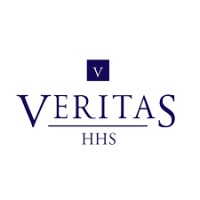
Te Manu Toroa Trust
Te Manu Toroa (the albatross which glides the ocean), originally known as Western Iwi Health, was established in 1997, to provide a Kaupapa model of health care that linked and integrated services to Māori in the Mai Ngā Kuri-a-Wharei ki Ōtamarākau (i.e., Tauranga, Mount Maunganui, Katikati and Te Puke; known as Western Bay of Plenty). We are a not-for-profit charitable organisation offering wrap-around health, social, and whānau wellbeing services — from pēpi (babies) to kaumātua (elderly). We are proud to be the largest kaupapa Māori healthcare provider in the Western Bay of Plenty and a member of Ngā Mataapuna Oranga PHO — a Whānau Ora Collective promoting holistic health and wellbeing for whānau throughout Tauranga Moana.






